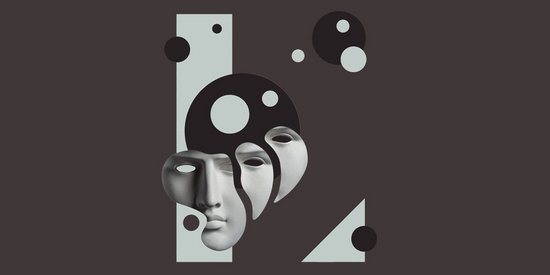If we assume that it is impossible for us to change an event, it is up to us, through the work we can do with our brain, to experience this event with more or less happiness.
Consciousness is a limited phenomenon, explains Richard Bandler, one of ithe founders of NLP.
Individuals can usually maintain two "pieces" of information in their consciousness at each moment (the average capacity of memory).
The type of element will determine how an experience is punctuated.
There is also a congruence of coding, that is to say, that the same chains of behavior will be reproduced and become more automatic.
Biological interactions are systemic (cybernetic) rather than linear.
Human interactions form cybernetic systems, that is to say, they are in perpetual interaction.
Cybernetic systems are geared towards adaptation.
Cybernetic systems are organized in different logical levels of structure.
The rules of change and reinforcement of one level will not be similar to those of another level. What is positive at one level can be negative at another level
People make the best choices they can at any time, taking into account the possibilities and capabilities they perceive as being available to them from their perception of the world.
The law of variety is required: the part of the system that has the most flexibility will be the catalyst.
Effective behaviors are organized in TOTE (Test-Operation-Test-Exit) that is to say that they have a fixed objective and characterize the means to reach the objective.
Basic techniques
Anchoring
The anchoring process is a simple and natural process of associating an internal state (an emotion or feeling) with an external stimulus of at least one of the five senses (hearing, sight, smell, touch, taste). Subsequently, the mere existence of the stimulus is enough to bring back to mind the entire experience. This applies to both good and bad experiences.
Anchors can help to find and implement a particular resource such as self-confidence, calm, motivation ... in the context where it is necessary.
The swish pattern
The Swish Pattern tool (R. Bandler, 1985) is actually a process developed to break a chain of thoughts that leads to unwanted behavior. The person wanting to modify his behavior is invited to visualize an element that precedes the appearance of the behavior, and to switch (swish) on an image representing the state obtained with the desired behavior.
Reframing
Reframing is an opportunity presented by the therapist to "consider another point of view" and thereby give another meaning to the experience that has been encountered. The sense of the experience being changed, the reactions will be modified, as well from the point of view of the thoughts regarding that behavior. Reframing can be about presuppositions, context, or values.
This is all well and good ... But how does a consultation take place?









